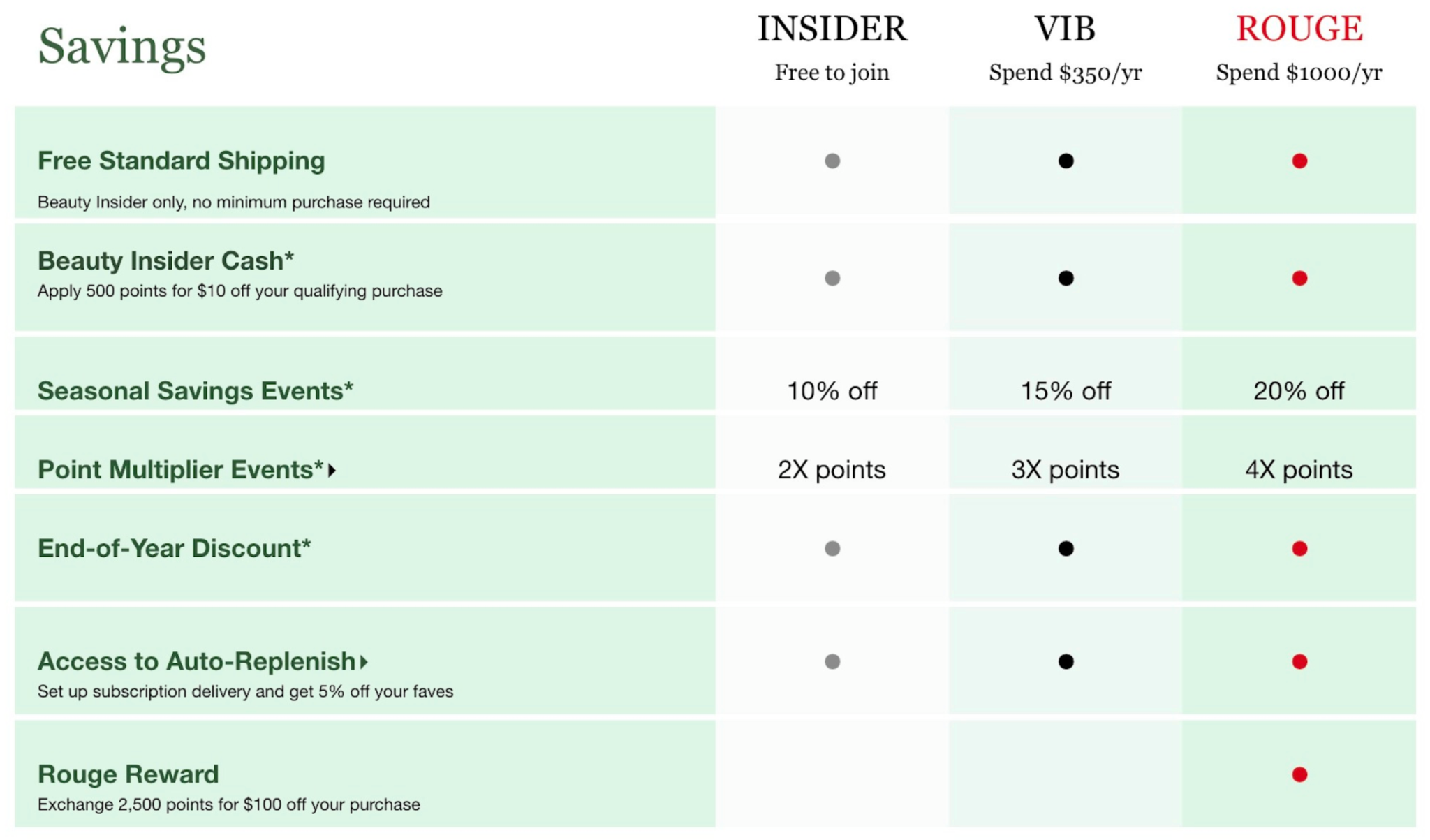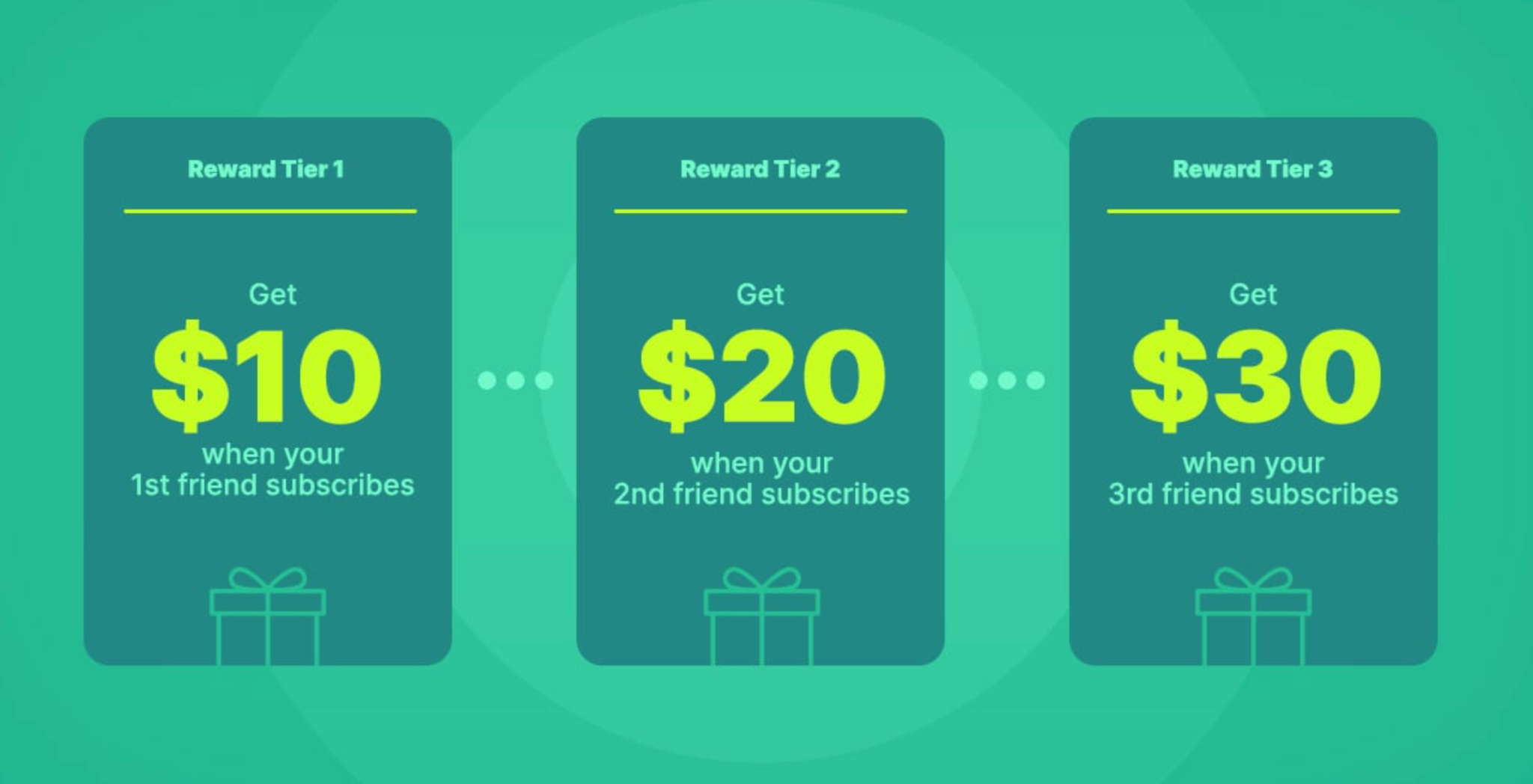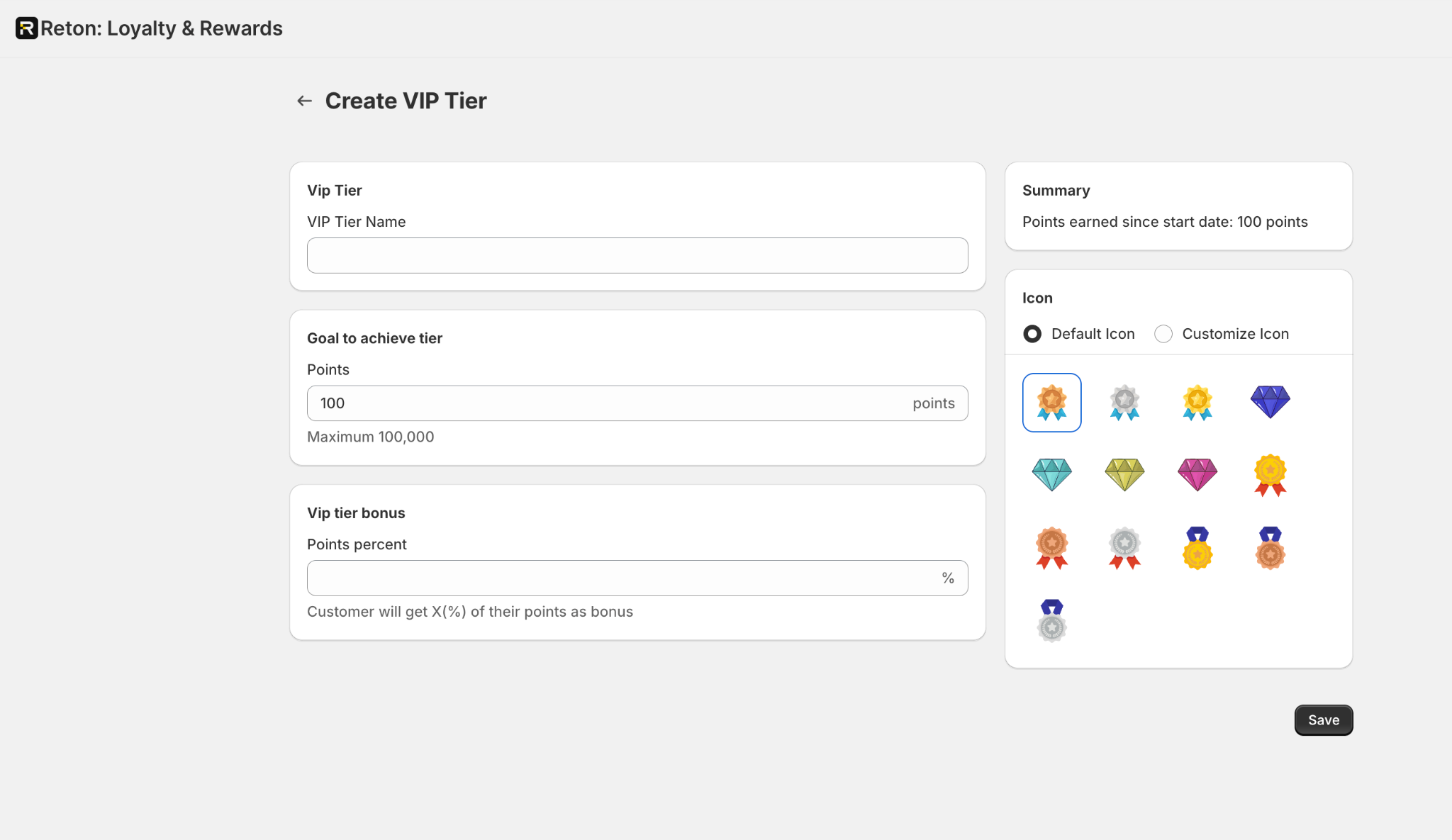
Sign up for a free trial and your first month is $1. Sign up now

Most brands today have some form of loyalty program. But here’s the truth: many of them fail to inspire customers. Why? Because they rely on generic point systems or flat discounts that feel transactional rather than aspirational. Customers might use them occasionally, but they don’t build long-term emotional connection.
VIP loyalty tiers change the game. Instead of offering the same benefits to everyone, they create a ladder of achievement, a journey where each level unlocks something new, exclusive, and exciting. This structure motivates customers to stay engaged, spend more, and actively work toward reaching higher status.
Think of it like a video game: people love leveling up. The more progress they see, the more invested they become. A well-crafted VIP tier program taps into this psychology, turning casual buyers into brand advocates who don’t just shop, they aspire.
In this guide, we’ll break down the key elements of creating VIP loyalty tiers that customers actually want to achieve.
VIP loyalty tiers are structured levels within a loyalty program that reward customers differently based on their spending, engagement, or overall relationship with a brand. Instead of treating all members the same, VIP tiers segment customers into categories, each with escalating perks.
Customers typically earn points, spend thresholds, or complete certain actions to move up through tiers. Each level unlocks better benefits, creating motivation to climb higher. For example:
The psychology behind VIP tiers is rooted in status and exclusivity. Customers don’t just want rewards, they want recognition. Being part of a top tier feels prestigious, like joining a club that not everyone can access. This aspiration drives not only repeat purchases but also stronger brand advocacy.
The first mistake many brands make is sticking to overused structures like Bronze, Silver, Gold, Platinum. While clear, they lack personality and don’t spark much emotion. If your tier names sound like a credit card ranking, customers won’t feel connected.
Instead, align tier names with your brand identity and what your customers aspire to. For example:
The naming doesn’t just label, it sets the tone for how customers perceive their journey. When someone reaches “Icon” or “Jetsetter,” they feel proud, not just upgraded.
Price discounts can motivate, but they’re not enough to make customers aspire to higher tiers. What truly sets VIP tiers apart are the emotional rewards, the sense of belonging, recognition, and exclusivity.
Think about Sephora’s Beauty Insider program. Members don’t just get discounts, they get access to exclusive events, early product launches, and birthday gifts. Starbucks Rewards operates the same way: Gold members get personalized offers and custom cards, which make the experience feel more special than just “free coffee.”

Consider offering perks like:
These emotional rewards create stories customers love to share, building loyalty that goes far beyond transaction-driven discounts.
Aspiration only works when customers can clearly see where they are and how to advance. If the path feels vague, they’ll lose motivation.
One way to solve this is with progress indicators:
This kind of gamification keeps customers engaged. For example, airline loyalty programs thrive on this principle. Travelers know exactly how many miles they need for Silver, Gold, or Diamond, which drives them to choose the same airline repeatedly.
By making progress visible, you encourage “just a little more” behavior, customers spending a bit extra to unlock that next level.
An effective tier structure must strike the right balance. If tiers are too easy, they lose meaning. If they’re too hard, customers give up. The sweet spot is making VIP status feel like a real achievement while still attainable for your best customers.
A common structure might look like this:
Luxury brands often make their top tiers invite-only, which adds mystery and prestige. For example, Amex’s Centurion Card (Black Card) isn’t something you can apply for—you have to be invited, which only increases its allure.
The lesson: customers should aspire to the top tier, not feel defeated by it.
Loyalty is powerful, but status signaling makes it even stronger. People want to show off their achievements, and VIP status is no different.

You can add social currency by offering:
When VIPs are proud to show off their status, they effectively become your brand ambassadors.
Stagnation is a common killer of loyalty programs. If rewards never change, customers lose interest over time. To keep energy high, introduce rotating or seasonal perks.
For example:
This creates a “fear of missing out” effect, customers don’t want to lose their VIP spot because they know fresh benefits are always coming. It also keeps your program dynamic, making it harder for competitors to copy.
While perks and creativity are essential, communication is what makes or breaks a VIP program. If customers don’t know about their tier status, upcoming rewards, or how close they are to unlocking the next level, the excitement fades.
This is where apps like Reton can be powerful. Reton specializes in customer engagement through personalized messaging and retention campaigns.

Here’s how it fits naturally into a VIP tier strategy:
By keeping communication timely and personalized, Reton ensures that your carefully built VIP tiers don’t get forgotten. Instead, they stay front and center in your customers’ minds, driving engagement and loyalty.
A successful VIP program is more than a series of discounts, it’s also an exclusive society customers want to be part of. By designing aspirational tier names, offering emotional rewards, showing visible progress, and maintaining the right level of exclusivity, you create a program people don’t just join, they chase.
Layer in social currency, seasonal freshness, and the right technology, and you’ve built a loyalty engine that drives both engagement and advocacy. And with tools like Reton, you can communicate these experiences seamlessly, ensuring customers never lose sight of the value they’re earning.
When loyalty feels like luxury, your customers stop being one-time buyers and become lifelong brand champions.